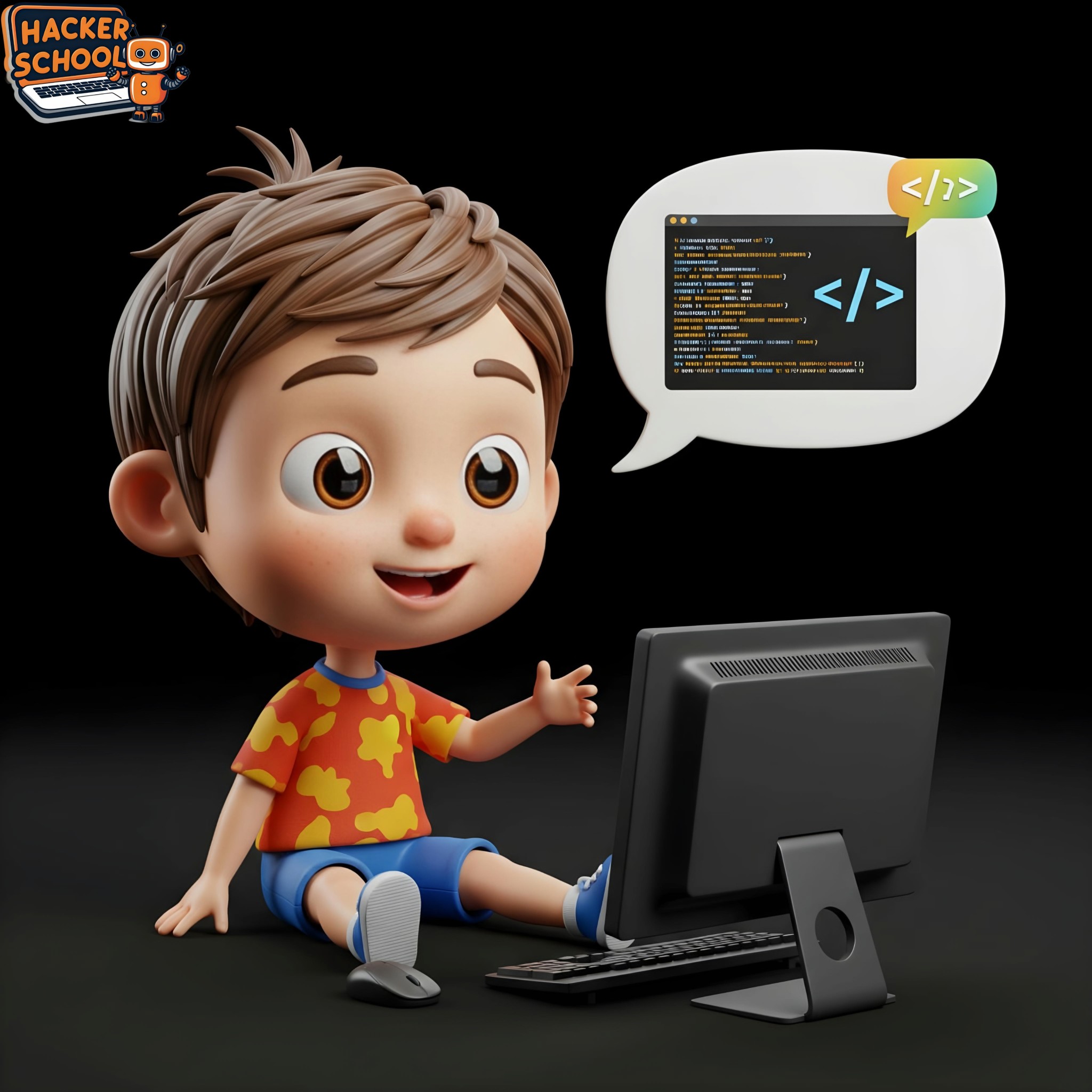With cyberattacks becoming increasingly more advanced, organisations require cybersecurity professionals whose minds work like those of hackers. With the increasing demand for such professionals, the CPENT certification (Certified Penetration Testing Professional) has become one of the most advanced and renowned cybersecurity certifications in the industry today.
This penetration testing certification is comprehensive and practical in skill development to candidates who are seeking to exhibit their offensive security expertise. What does a CPENT training program teach? So, what are the best skills you will learn?
- High-Level Network and Web Application Penetration Testing
CPENT is more than simple scanning and vulnerability identification. Pen testing certification on complex networks and applications allows learners to get practical experience in conducting advanced pen testing. This includes exploiting misconfigurations, chaining vulnerabilities, and bypassing security controls in enterprise environments.
You’ll learn how to execute attacks against both internal and external networks, simulating real-world attacker behaviour.
- Active Directory Exploitation
In the enterprise network, Active Directory (AD) is normally used to provide centralised authentication and access control. Within the CPENT certification, users will learn the art of Active Directory penetration testing, including exploiting Kerberoasting, Pass-the-Hash, and Golden Ticket attacks.
- Web Application Attacks and Code Analysis
The course instructs on how to take advantage of next-generation web vulnerabilities like Remote File Inclusion, Local File Inclusion, SQL injection, and Cross-Site Scripting (XSS). Students are also exposed to source code review so that they learn to find logic errors and bad coding practices through testing.
- Wireless and IoT Device Attacks
As smart devices and wireless networks become increasingly common, the CPENT course and penetration testing certification cover attacks on wireless protocols and IoT systems. You’ll explore how to sniff, inject, and manipulate wireless traffic, and how to exploit weak IoT implementations.
- Evading Defence Mechanisms
A true penetration tester must be stealthy. The CPENT certification emphasises techniques for evading intrusion detection systems (IDS), firewalls, and antivirus tools. You will use methods like obfuscation, encoding, and payload generation to evade detection and maintain access.
- Post Exploitation and Lateral Movement
An actual test begins after the access is obtained. CPENT training includes post-exploitation, including privilege escalation, lateral movement, data exfiltration, and persistence. It simulates the entire attack lifecycle and helps candidates get ready for conducting red team or adversary emulation operations.
- Cloud and Hybrid Infrastructure Penetration Testing
Modern networks also have corresponding cloud services like AWS, Azure, and Google Cloud. CPENT training teaches the experts how to exploit and evaluate cloud networks so that they learn one-of-a-kind vulnerabilities, which include virtualisation, APIs, and misconfigured cloud infrastructure.
Conclusion
The CPENT examination itself is a 24-hour performance examination, subjecting candidates to the challenge of executing all these skills within a live, completely segmented, actual environment. It’s not an examination; it’s a simulation of professional, high-stakes penetration testing engagements.
For the cybersecurity expert willing to undertake this challenge, Hacker School provides a thorough CPENT certification through its real-world simulation, mentorship, and simulation-based labs. It is specifically for earnest penetration testers with its training that bridges the gap between theoretical skills and operational excellence in offensive security.
